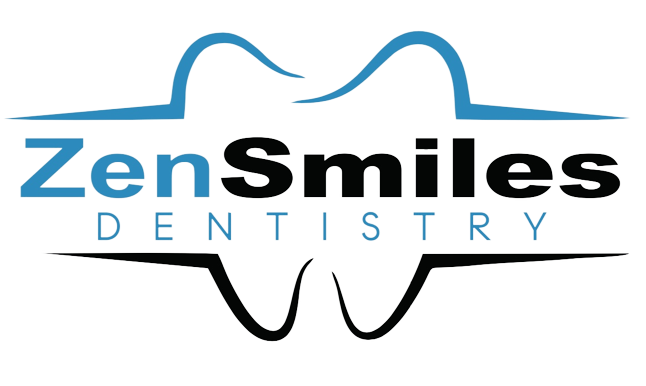Tooth extractions can be a common procedure, whether they’re due to decay, damage, or other dental issues. Understanding what to expect before, during, and after the extraction can help ease any anxiety and ensure a smooth recovery. Here’s a comprehensive guide on what you can anticipate.
Before the Extraction
1. Consultation and Evaluation:
Your dentist or oral surgeon will start with a thorough evaluation of your dental health. This may involve X-rays to determine the position of the tooth and the surrounding bone structure. They’ll discuss the reasons for extraction and explain the procedure, including potential risks and benefits.
2. Preparation:
Before the extraction, you’ll be given specific instructions on how to prepare. This may include avoiding food or drink for a few hours before the procedure if sedation is involved. Your dentist will also review your medical history to ensure there are no underlying health issues that could affect the procedure.
3. Anesthesia Options:
To ensure you’re comfortable and pain-free, various anesthesia options are available:
- Local Anesthesia: Numbs the area around the tooth while you remain awake.
- Sedation: Helps you feel relaxed and may involve conscious sedation, where you are semi-awake but calm.
- General Anesthesia: Used for more complex extractions, especially if multiple teeth are involved or if the patient is anxious.
During the Extraction
1. Procedure Overview: The extraction process varies depending on whether the tooth is fully erupted or impacted (not fully emerged from the gum). For a simple extraction, your dentist will loosen the tooth with an instrument called an elevator and then remove it with forceps. For an impacted tooth, a small incision may be made in the gum to access the tooth.
2. Feeling During the Procedure: During a simple extraction, you may feel pressure but not pain. For impacted teeth or more complex extractions, you may experience some tugging or pressure, but discomfort should be minimal due to anesthesia. If you feel pain during the procedure, inform your dentist immediately.
3. Time and Duration: The extraction itself usually takes about 20-40 minutes, depending on the complexity of the tooth and the type of extraction.
After the Extraction
1. Post-Procedure Care:
After the extraction, you’ll need to follow specific care instructions to ensure proper healing:
- Bite on Gauze: You’ll be asked to bite on a gauze pad to help stop the bleeding and form a blood clot.
- Pain Management: Over-the-counter pain relievers or prescribed medications may be recommended to manage discomfort. Avoid aspirin, as it can increase bleeding.
- Swelling and Bruising: Some swelling and bruising are normal. Applying ice packs to the area for the first 24 hours can help reduce swelling.
2. Eating and Drinking:
Stick to soft foods and avoid hot or spicy foods for a few days. Avoid drinking through a straw, as the suction can dislodge the blood clot and lead to a painful condition called dry socket.
3. Oral Hygiene:
Keeping your mouth clean is essential to prevent infection. Gently rinse your mouth with salt water starting 24 hours after the extraction. Avoid brushing the extraction site directly for a few days to prevent disturbing the area.
4. Rest and Recovery:
Rest is crucial for a speedy recovery. Avoid strenuous activities and keep your head elevated while resting to minimize bleeding and swelling. Follow your dentist’s advice on when you can return to normal activities.
5. Follow-Up Appointments:
Your dentist may schedule a follow-up appointment to ensure the extraction site is healing correctly. They’ll check for any signs of complications and provide additional care instructions if needed.
What To Look Out For Post-Treatment
While tooth extractions are generally safe, complications can occur. These might include:
- Infection: Signs include increased pain, swelling, and fever. Contact your dentist if you suspect an infection.
- Dry Socket: This occurs when the blood clot is dislodged, exposing the bone and nerves. It causes severe pain and requires treatment by your dentist.
- Numbness: Temporary numbness or tingling in the lip or tongue can occur, particularly if nerves are affected during the extraction.
Tooth extractions are a routine procedure with a generally straightforward recovery process. By understanding what to expect and following your dentist’s aftercare instructions, you can minimize discomfort and ensure a smooth healing process. If you have any concerns or experience unusual symptoms, don’t hesitate to reach out to your dental professional for guidance.
Family and Cosmetic Dental Care With Zen Smiles Dentistry
Whether you’re searching for comprehensive aesthetic dentistry or general dentistry for your twice-a-year check-up, Zen Smiles Dentistry in San Ramon, CA is here to offer you patient care of the highest quality in a state-of-the-art facility. Dr. Anandika Aggarwal firmly believes in continuing education so that her patients can benefit from the latest advancements and techniques in the field. For those in Pleasanton, Walnut Creek, and the surrounding California neighborhoods, call 925-837-4486 for an appointment today.

